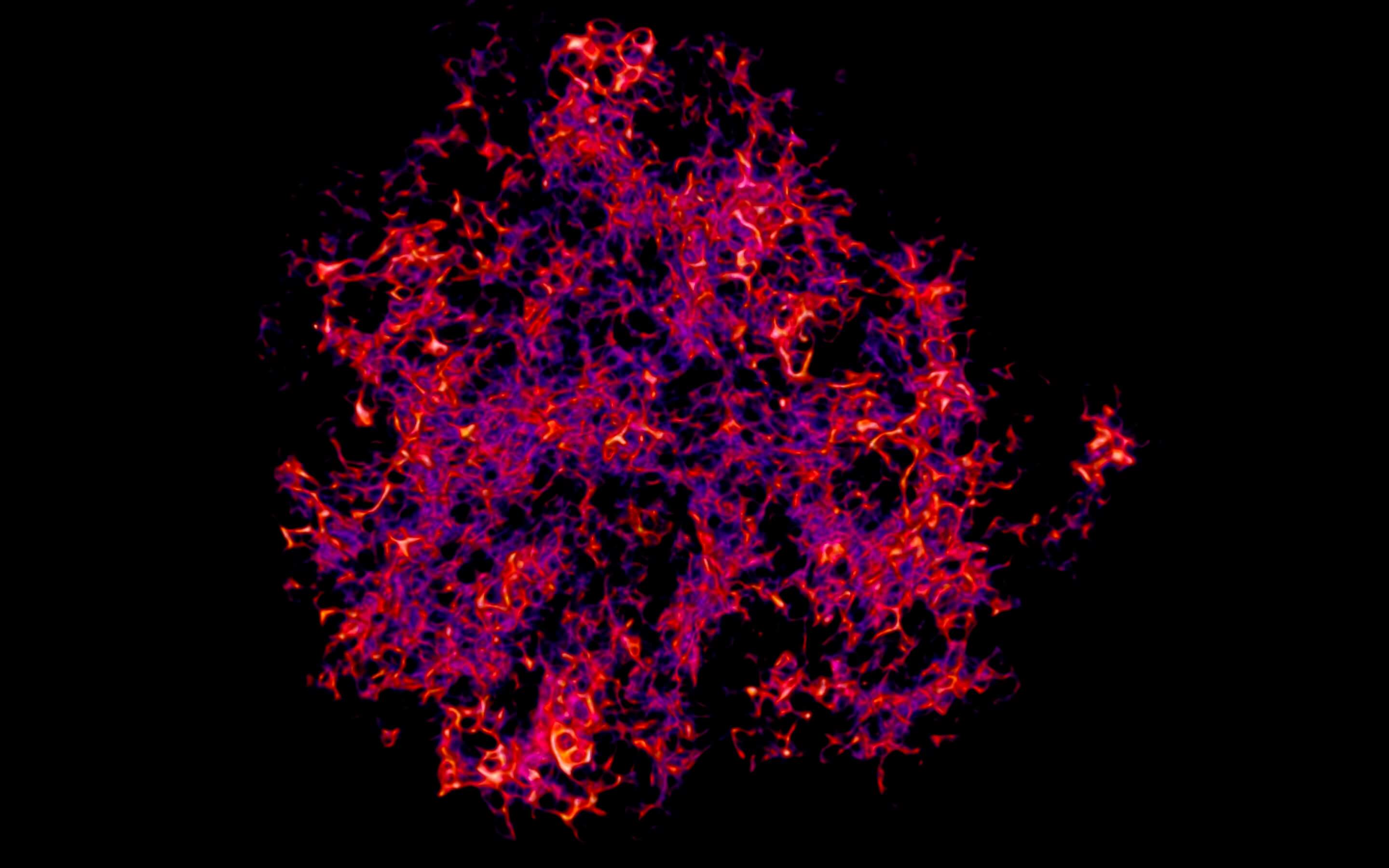· Resource · 3 min read
Follicular dendritic cell sequencing paper is out!
I'm very happy to share the work I've done in the Spits lab with you. The paper was published in the journal of experimental medicine.

I’m very happy to share the work I’ve done in the Spits lab with you.
The paper published in the journal of experimental medicine can be found here (pdf) and the webtool with all the seq data here.
Many thanks go out to all collaborators and special thanks to Hergen Spits for hosting me during my veni!
abstract:
Stromal-derived follicular dendritic cells (FDCs) are essential for germinal centers (GCs), the site where B cells maturate their antibodies. FDCs present native antigen to B cells and maintain a CXCL13 gradient to form the B cell follicle. Yet despite their essential role, the transcriptome of human FDCs remains undefined. Using single-cell RNA sequencing and microarray, we provided the transcriptome of these enigmatic cells as a comprehensive resource. Key genes were validated by flow cytometry and microscopy. Surprisingly, marginal reticular cells (MRCs) rather than FDCs expressed B cell activating factor (BAFF). Furthermore, we found that human FDCs expressed TLR4 and can alter antigen availability in response to pathogen-associated molecular patterns (PAMPs). High expression of PD-L1 and PD-L2 on FDCs activated PD1 on T cells. In addition, we found expression of genes related to T cell regulation, such as HLA-DRA, CD40, and others. These data suggest intimate contact between human FDCs and T cells.*
It was very nicely (and flatteringly) summarized by John Gordon:
Characterisation of Human FDCs Reveals Regulation of Tcells & Antigen Presentation to Bcells | Tour-de-Force Study from Balthasar Heesters, Hergen Spits & Co. now at Rockefeller University Press 👍
Stromal-derived follicular dendritic cells (FDCs) are essential for germinal centers (GCs), the site where B cells maturate their antibodies. FDCs present native antigen to B cells and maintain a CXCL13 gradient to form the B cell follicle. Yet despite their essential role, the transcriptome of human FDCs remains undefined.
Using single-cell RNA sequencing and microarray, Amsterdam UMC researchers provided the transcriptome of these enigmatic cells as a comprehensive resource. Key genes were validated by flow cytometry and microscopy. Surprisingly, marginal reticular cells (MRCs) rather than FDCs expressed B cell activating factor (BAFF). Furthermore, they found that human FDCs expressed TLR4 and can alter antigen availability in response to pathogen-associated molecular patterns (PAMPs).
High expression of PD-L1 and PD-L2 on FDCs activated PD1 on T cells. In addition, they found expression of genes related to T cell regulation, such as HLA-DRA, CD40, and others. These data suggest intimate contact between human FDCs and T cells.
THE ENIGMATIC FOLLICULAR DENDRITIC CELL 🤔 | A RIDDLE NO MORE 👏 | Characterisation of Human #FDCs Reveals Regulation of #Tcells & Antigen Presentation to #Bcells | Tour-de-Force Study from @baheesters et al now @JExpMed 👍 | #TLRs | #CD23 | #CD40 | #PD1 | https://t.co/igU43e54W6 pic.twitter.com/YxfvxEGEU5— Prof John (@profcelentyx) August 24, 2021
Human Follicular Dendritic cells (FDC) regulate B cells and T cells. @baheesters, @RobertPdeVries1 @GMagri_Immuno and colleagues provide scRNAseq as a resource (https://t.co/Po1j7AXm0V): https://t.co/PiwAtWWWyY #Infectiousdisease #stromal #immunology @amsterdamumc @UUBeta pic.twitter.com/AfJXTRx0mG— JExpMed (@JExpMed) August 23, 2021
If you have any questions or are interested to learn more, don’t hesitate to contact me.

